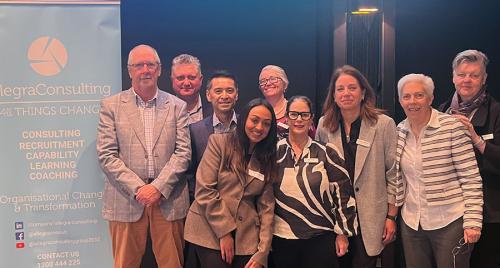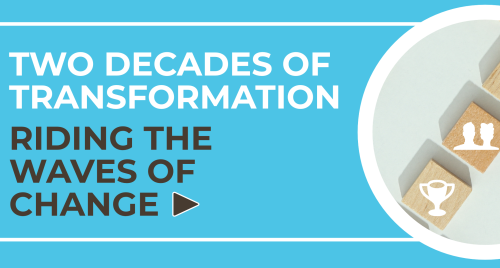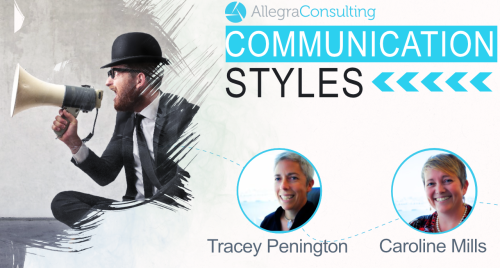
As we enter a new year and decade, we evaluate our past and think about the future. With our lives overshadowed by global events and uncertainty around travel, work, and nearly all aspects of our lives, our focus is also very much on the now. Because of the disruption to our working and personal lives, it would be good to consider our work habits and daily routines to transition back to work as smoothly as possible.
When planning your working day, it is imperative that you identify the top three most important tasks, work out timelines and commit to them. It is also important to recognise that you may not get everything done in one day.
Setting Priorities for Productivity
With your priorities set, it is worth establishing when you are at your best when it comes to ‘Deep Work’, that is work that requires continuous concentration and effort. Some of us are better in the mornings while others are night owls. It is beneficial to know when you are at your best for Deep Work to plan your day accordingly.
One thing that is the bane of our lives while working remotely is distraction. This may include a thought about something we need to attend to but cannot action right now. To help deal with this, start a Distraction List. Write the thought down so you do not forget about it and go back to your task at hand, knowing you can go back to the thought that distracted you later.
When it comes to what is important and a priority, there are many systems you can use. One of the simplest and most effective is the Eisenhower Matrix.
|
|
Urgent |
Not Urgent |
|
Important |
|
|
|
Not important |
|
|
How to Prioritise:
- Urgent and Important – Do it
- Urgent but Not Important – Delegate it
- Not Urgent but Important – Plan or diarise the task for later
- Not Urgent and Not Important – Discard the task
This is a simple but very effective way of dealing with priorities. It is also a convenient way of dealing with emails. Each email can be actioned, forwarded to a colleague for action, diarised or added to-do list, or deleted with no further action.
The 80/20 Rule
The 80/20 rule is a concept that can be applied to all sorts of different situations. Known as the Pareto Principle, it states that 80% of results come from 20% of the effort. By carefully evaluating your activities and establishing where the best results can be gained, you will be able to effectively prioritise your day. Taking this further, you can look at an activity that you can eliminate as it takes you away from the 20% that gives you the greater reward.
Sometimes the tasks on our to-do list can seem so daunting that we hardly know where to start. We can make a task far less daunting and build regular achievement into our day by breaking the task into smaller pieces. For example, we can break down the development of a presentation into research, script, text and slide production. Each step is a milestone that you should celebrate as you go.
With so many decisions to make, we can sometimes run into decision fatigue. One way to avoid this is to short-circuit the decision-making process by limiting the options. For example, Barack Obama only had two colours for his suits, blue or grey. Another, even more sartorially restricted person was Steve Jobs, who only had one outfit. Decision fatigue can make the quality of decisions made deteriorate if there are too many to make within a given period. Limiting the options and number of decisions is a big help.
Inefficient communication is a phenomenon that generates a huge number of emails and lost productivity. Sometimes a quick phone call can eliminate the need for a series of emails. If an email is the only way to communicate, then clear and to-the-point communication is highly regarded. If you require advice on a situation, explain the situation and your preferred action to move forward. A lot of discussions can be short-circuited with the recommended action confirmed. Clarity and brevity, in whatever medium is the best technique.
Activity, for the sake of activity, is a waste of time. By finding shortcuts and ways to automate tasks, we can spend more time on creative and rewarding endeavours. Whether it be the use of templates, keyboard shortcuts or any number of automated assistants, it can be a great time saver and allow you to use your time on other tasks. Even something as simple as having several Outlook templates for different types of email can save a great deal of time.
By looking at how we do things and being creative in our use of technology, work practices and how we think about our work, we can make significant changes to improve our productivity and effectiveness.
Adopt 10+ habits now to increase productivity and become highly efficient!
- Establish a routine
- Focus on the most important tasks
- Cultivate deep work
- Write down ideas or thoughts
- Use the Eisenhower Matrix
- Use the 80/20 rule
- Break tasks into bite-size pieces
- Avoid decision fatigue
- Eliminate inefficient communication
- Find repeatable shortcuts
- Find a buddy
- Take breaks, recharge and manage your energy







